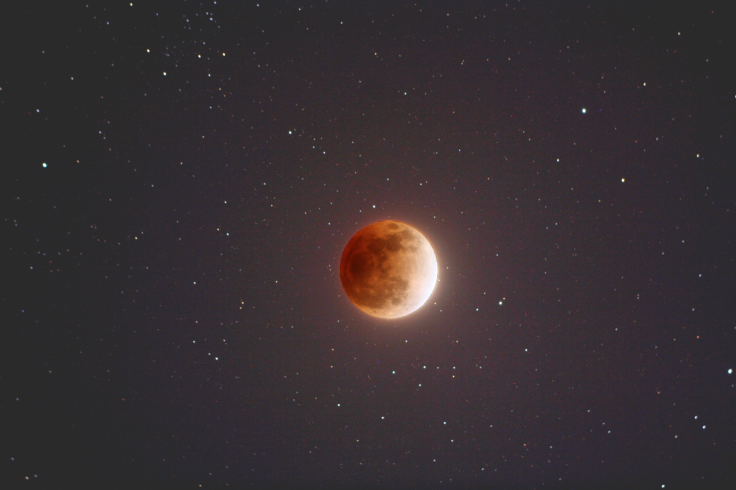
The moon will provide its viewers with a triple treat in the skies this January 31 with spectacular views of a supermoon, a blue moon, and a total lunar eclipse. Those in Singapore can watch the rare Super Blue moon 14 percent brighter than usual on the night of Wednesday, Jan 31, from 7:48 PM local time.
The rare event is the last supermoon among the Trifecta series which started on December 3, 2017 and followed by "wolf moon" on January 1, 2018. However, this supermoon will be more spectacular than the previous supermoon events due to its unique merger of characteristics of a blue moon, blood moon in a supermoon. It will be known as a "super blue blood moon".
This will be the first event of its kind since 1982 and will re-occur only in 2037. The event will begin at 5:30 AM EST on January 31.
The moon will be 14 percent brighter than usual as its orbit will come closer to the Earth known as a perigee. Being the second full moon of the month, it will bear the popular name of a "blue moon". It will be eclipsed by the Earth's shadow and will hence bear a reddish tint. The supermoon will also be known as "blood moon."

However, everyone across the globe will not be able to view it alike. A "super blue blood moon" will be visible in the regions across the Middle East, Asia, eastern Russia, Australia, and New Zealand during the moonrise, when the moon will be above the horizon in the morning sky. The viewers in Europe, Africa, and South America may face difficulties as the moon will be eclipsed early in the morning.
The eclipse can be viewed in the morning before sunrise from North America, Alaska, and Hawaiian islands with good weather conditions. The viewers in the U.S. need to look west in the early morning to get a better view.
NASA states that New York or Washington D.C. can face difficulties in viewing the eclipse as the moon will enter the outer part of earth's shadow by 5:51 AM. One can view the eclipse from the west-northwest horizon, opposite from the region of sunrise.
Central time zone region in the US can watch the event in the western sky. The penumbra or the lighter portion of earth's shadow will touch the moon at 4:51 AM. The reddish shadow will be visible from 6:15 AM.
The moon will set after 7:00 AM. Regions like Kansas City and Chicago can get a better view at around 6:15 AM. Viewers in California and western Canada can see the total eclipse without any disruption.

However, those interested to view the event can still watch it live on NASA TV and online at NASA.gov/live. The event could also be viewed online on twitter in @NASAMoon. The NASA TV broadcast will feature views from various points from NASA telescopes at Armstrong Flight Research Center in Edwards, California, Griffith Observatory in Los Angeles, and the University of Arizona's Mt. Lemmon SkyCenter Observatory, if the sky is clear.
One can watch the complete Supermoon Trilogy events of December 3, 2017, January 1, and January 31, 2018, by clicking here and also on moon.nasa.gov.
The December supermoon was the largest and brightest. It was given many names: Oak Moon, Cold Moon, Long Nights Moon and the Moon before Yule due to the significance of the month.
Old Moon, Ice Moon, Snow Moon and the Moon after Yule were the names given to the supermoon of January 1. It was also called the Wolf Moon due to the popular belief that wolves howl during this phase of the moon due to hunger.









